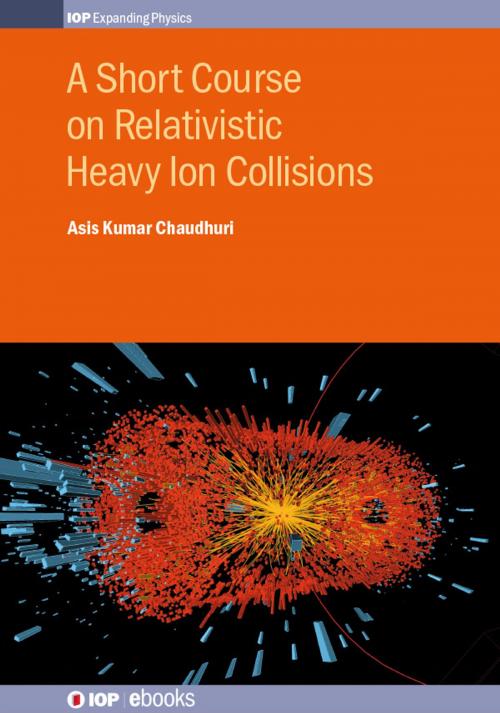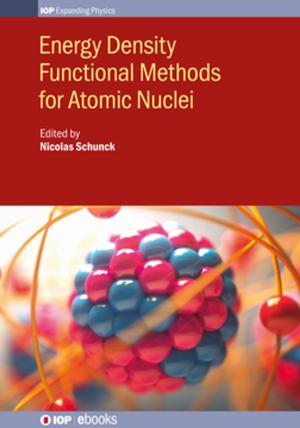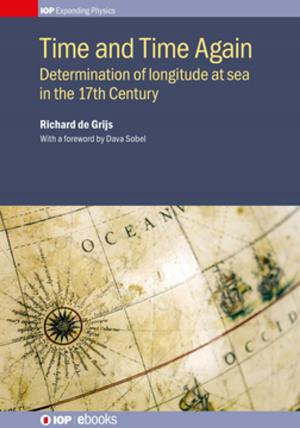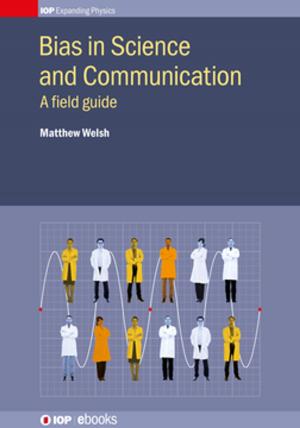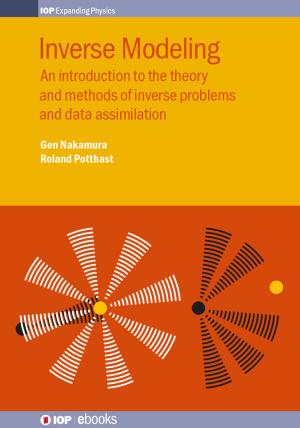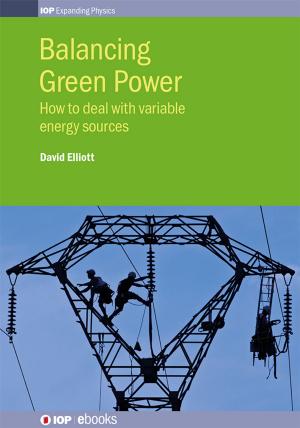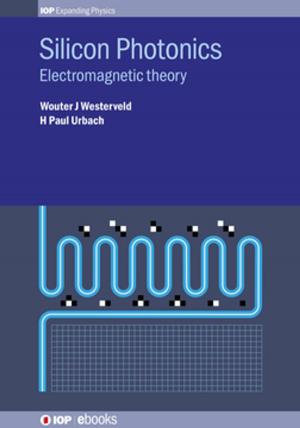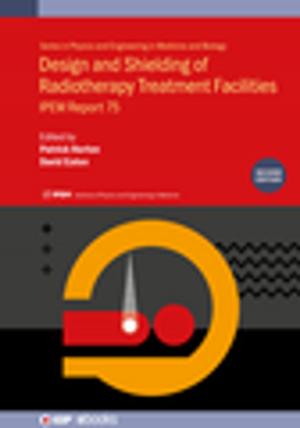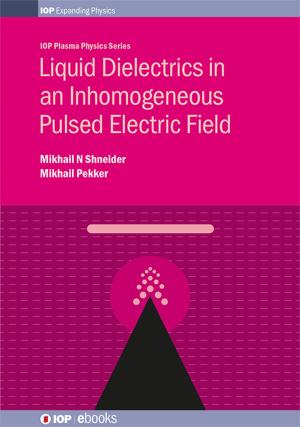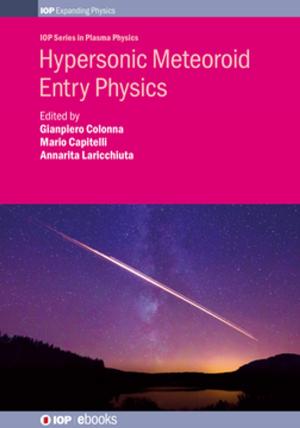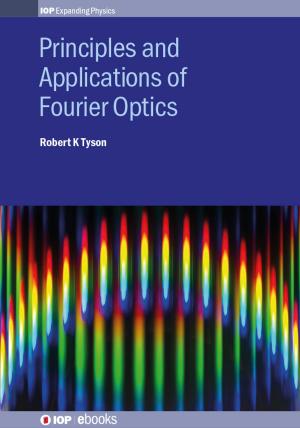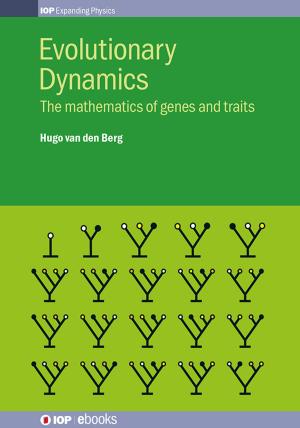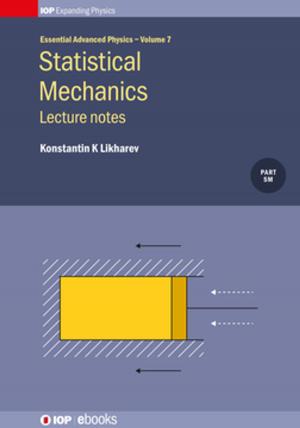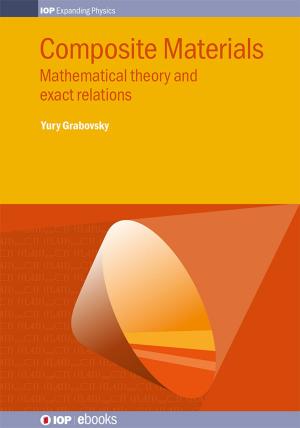A Short Course on Relativistic Heavy Ion Collisions
Nonfiction, Science & Nature, Science, Physics, Nuclear Physics| Author: | Asis Kumar Chaudhuri | ISBN: | 9780750310604 |
| Publisher: | Institute of Physics Publishing | Publication: | October 3, 2014 |
| Imprint: | Institute of Physics Publishing | Language: | English |
| Author: | Asis Kumar Chaudhuri |
| ISBN: | 9780750310604 |
| Publisher: | Institute of Physics Publishing |
| Publication: | October 3, 2014 |
| Imprint: | Institute of Physics Publishing |
| Language: | English |
By colliding heavy ions at nearly the speed of light, scientists are exploring both our physical world and conditions at the beginning of the universe. With applications in nuclear physics, particle physics, astrophysics, cosmology and condensed-matter physics, this text will provide the foundation for a range of graduate students and young researchers in both experimental and particle physics. This text introduces the subject of relativistic high-energy, heavy-ion collisions and, in particular, the subject of the quark–gluon plasma (QGP). Starting with a conceptual basis for QGP formation in heavy-ion collisions, the author then proceeds to provide a more rigorous foundation by introducing gauge theory, QCD and lattice QCD. These topics are introduced briefly but with sufficient coverage that the reader can comprehend their applications in heavy-ion collisions. Two-particle correlation (Hanbury-Brown-Twiss) method and recent advances in hydrodynamical modelling, including event-by-event hydrodynamics are also discussed, bringing the coverage up to the leading areas of current research.
By colliding heavy ions at nearly the speed of light, scientists are exploring both our physical world and conditions at the beginning of the universe. With applications in nuclear physics, particle physics, astrophysics, cosmology and condensed-matter physics, this text will provide the foundation for a range of graduate students and young researchers in both experimental and particle physics. This text introduces the subject of relativistic high-energy, heavy-ion collisions and, in particular, the subject of the quark–gluon plasma (QGP). Starting with a conceptual basis for QGP formation in heavy-ion collisions, the author then proceeds to provide a more rigorous foundation by introducing gauge theory, QCD and lattice QCD. These topics are introduced briefly but with sufficient coverage that the reader can comprehend their applications in heavy-ion collisions. Two-particle correlation (Hanbury-Brown-Twiss) method and recent advances in hydrodynamical modelling, including event-by-event hydrodynamics are also discussed, bringing the coverage up to the leading areas of current research.
